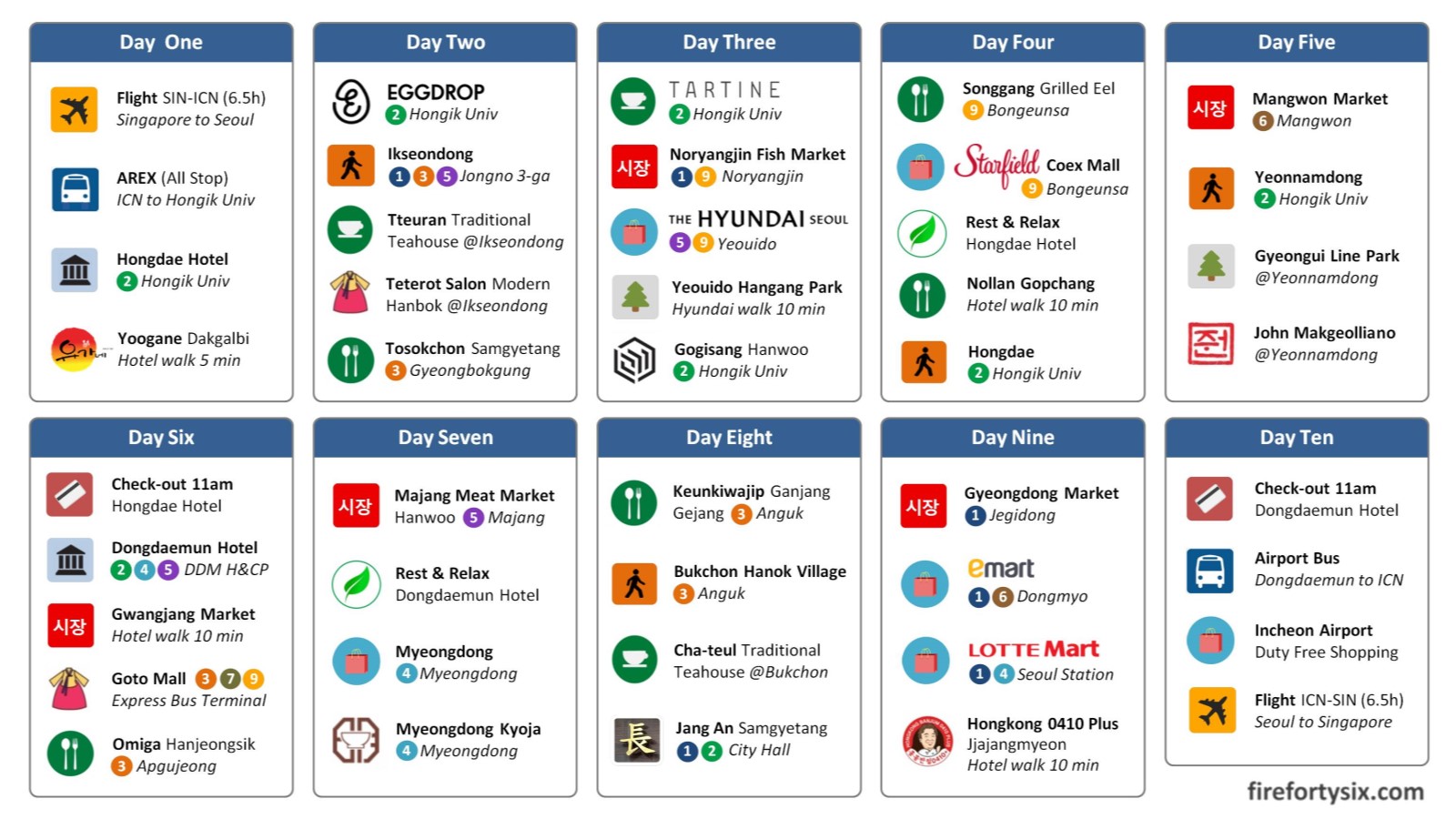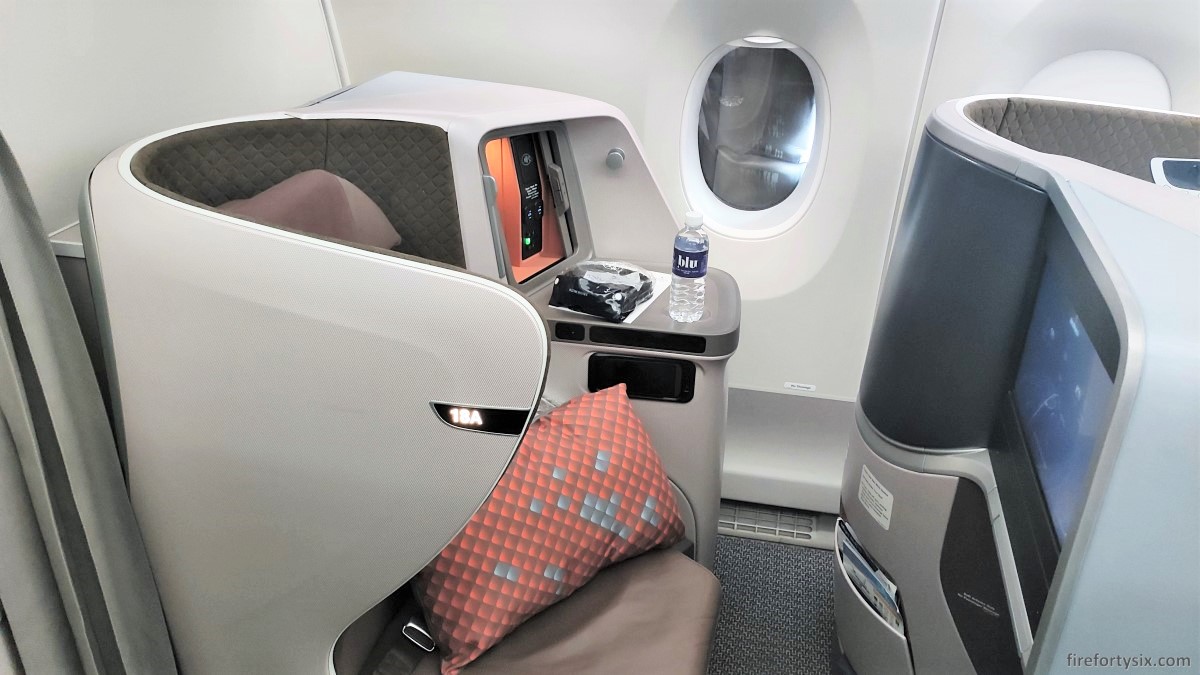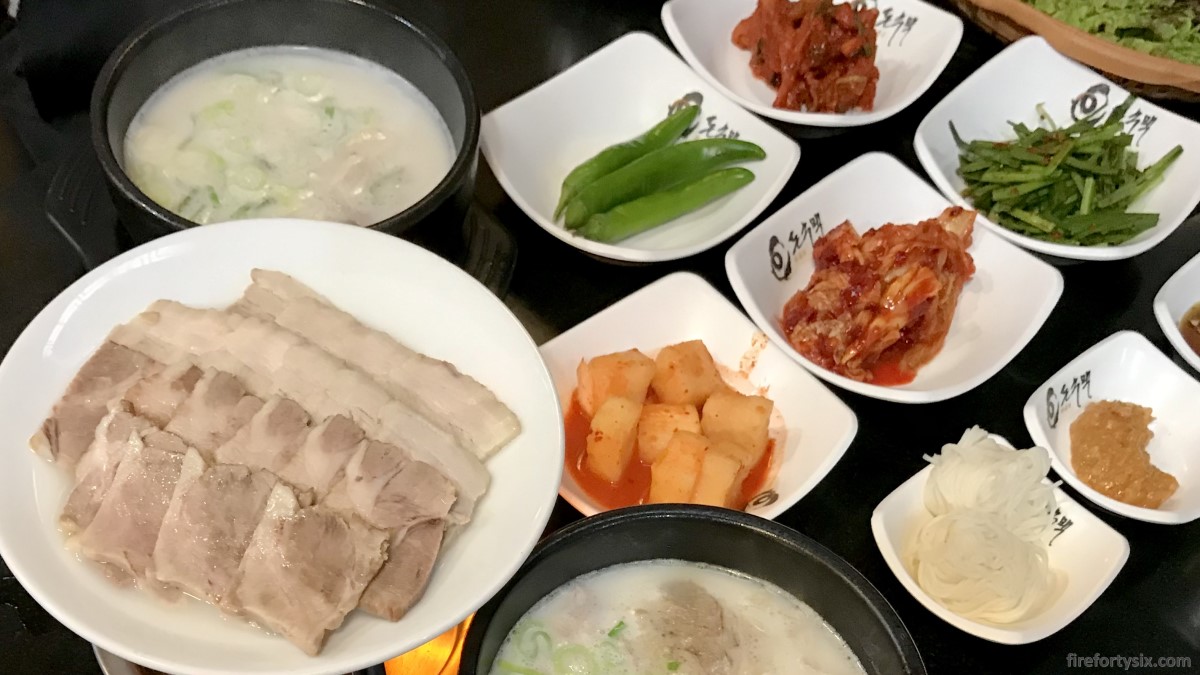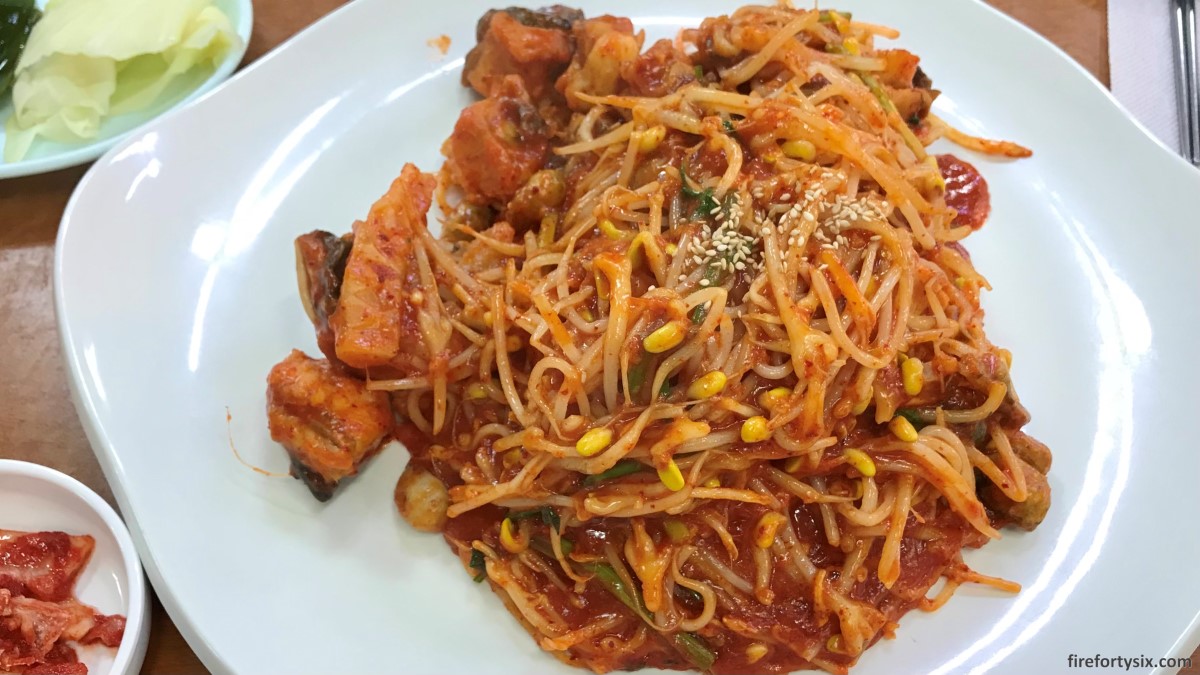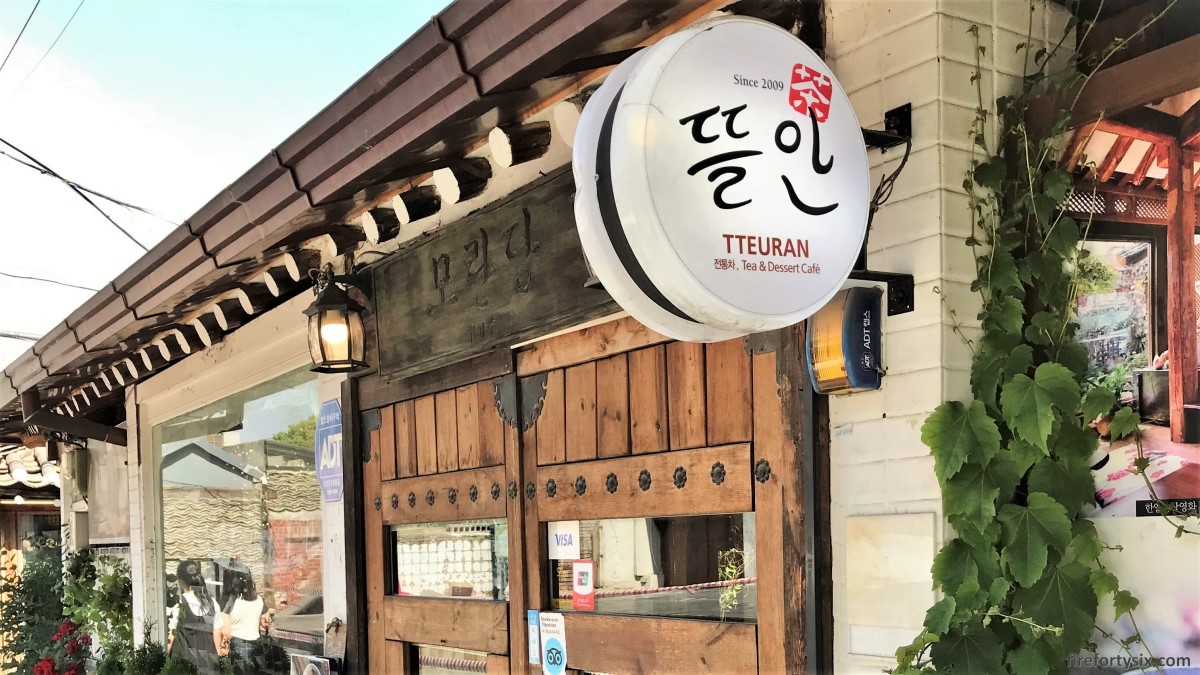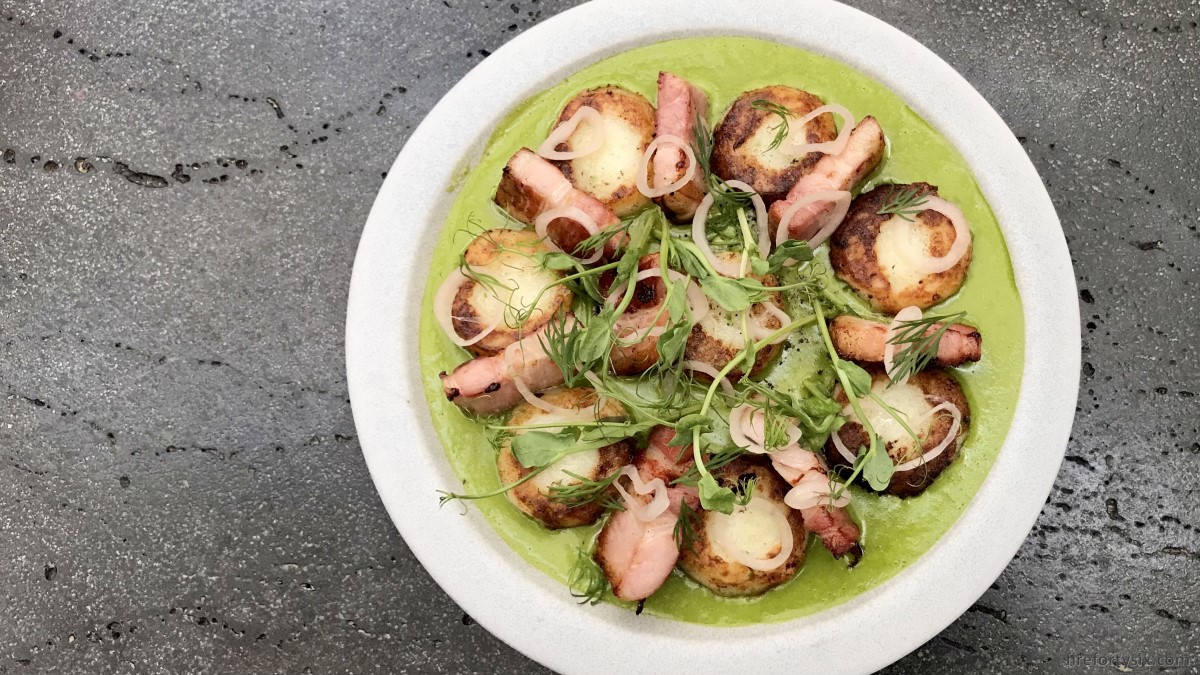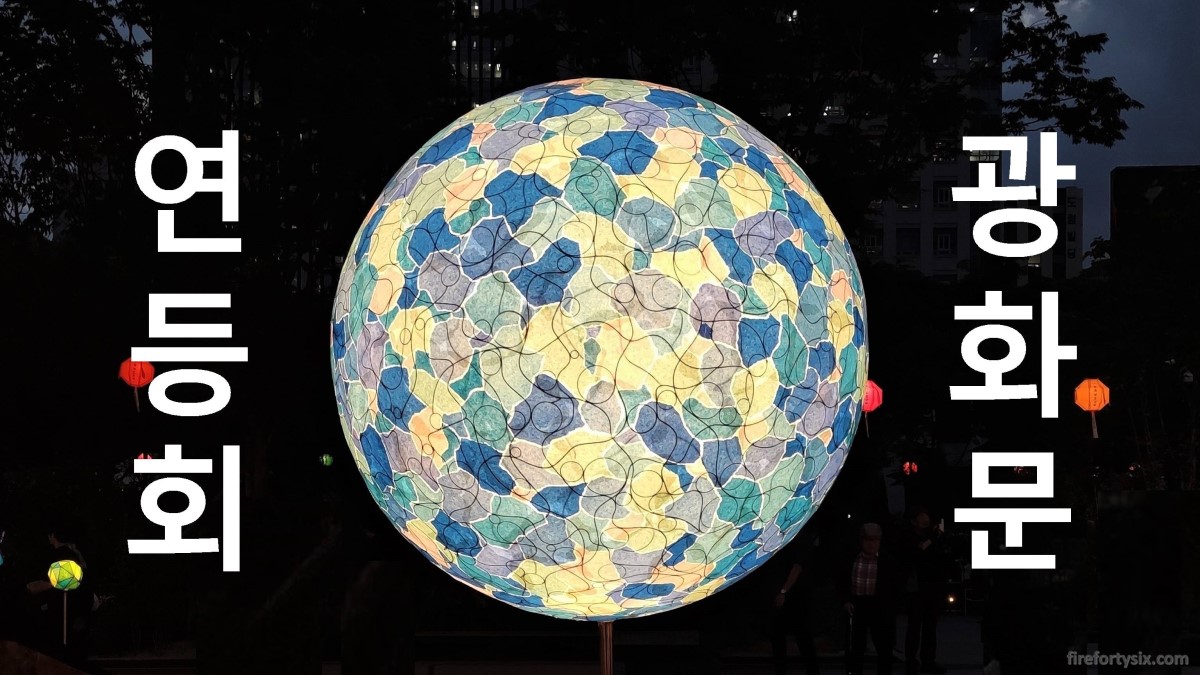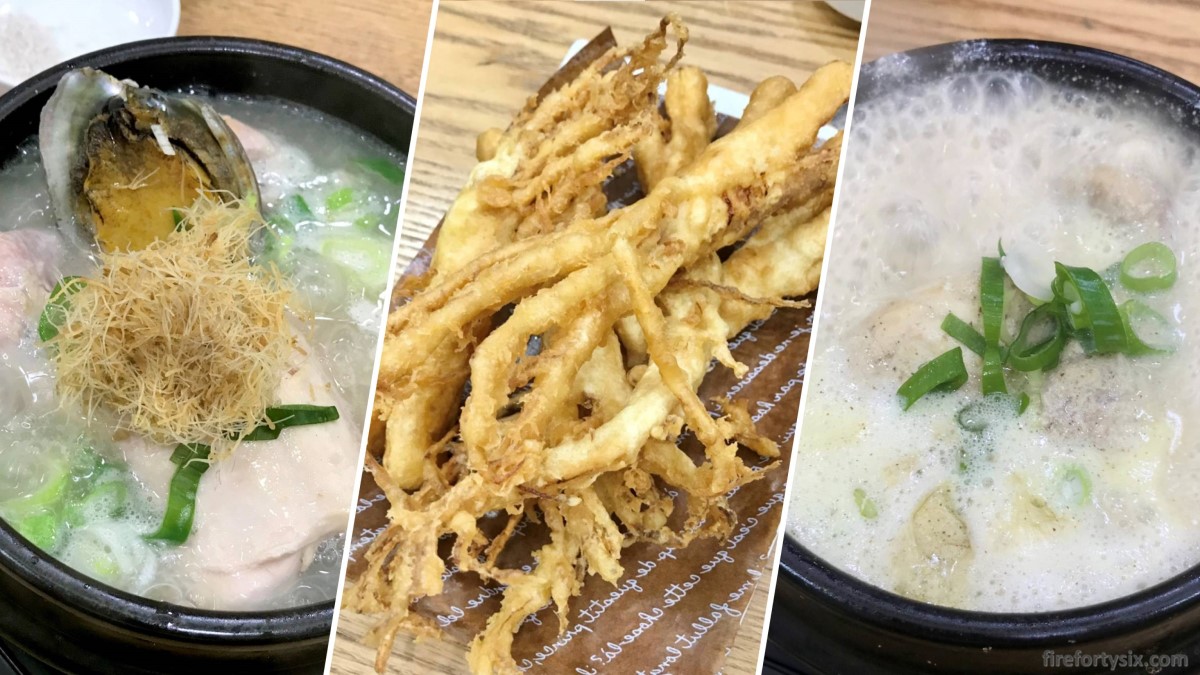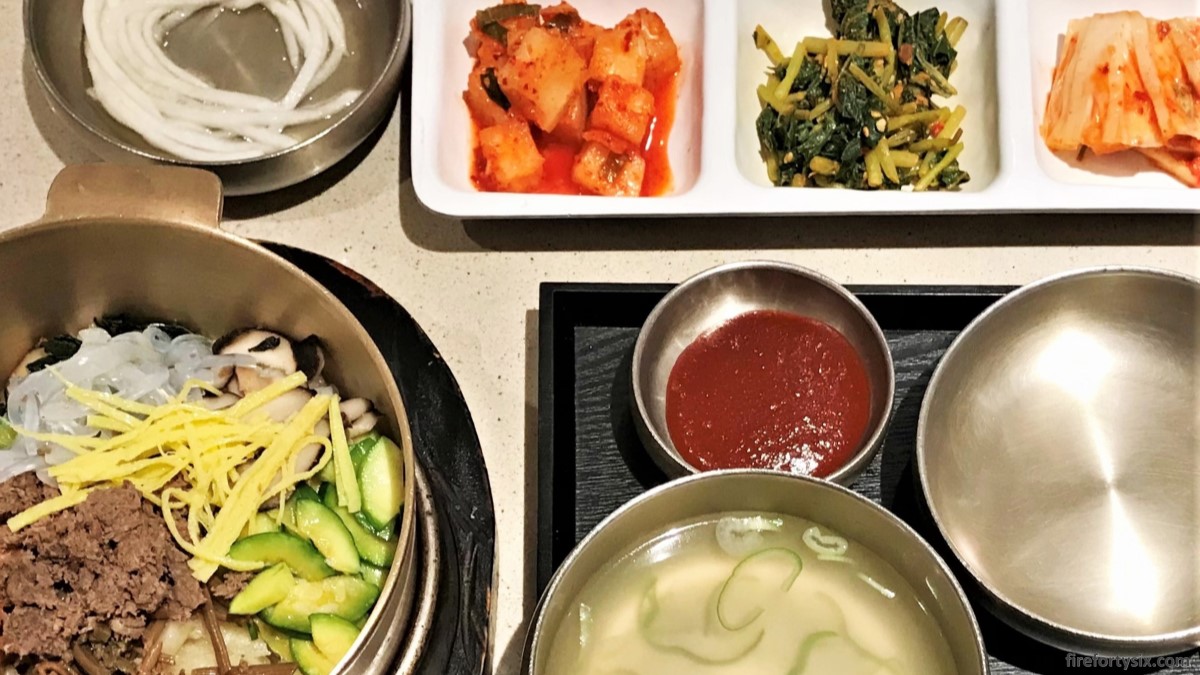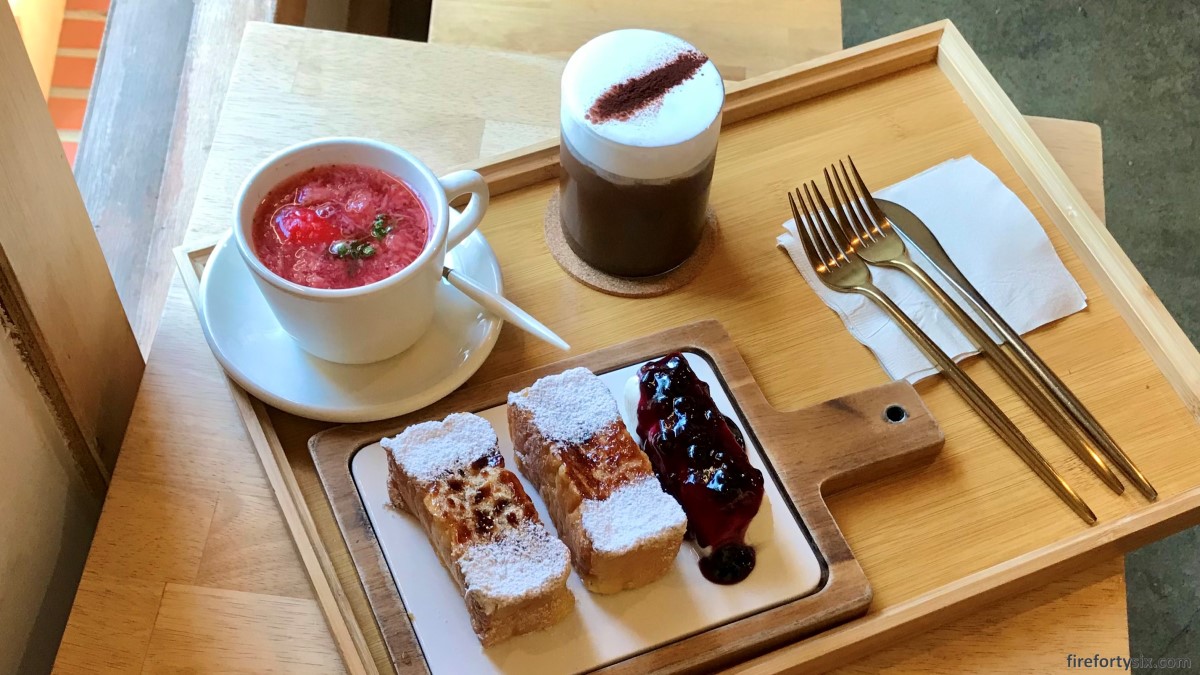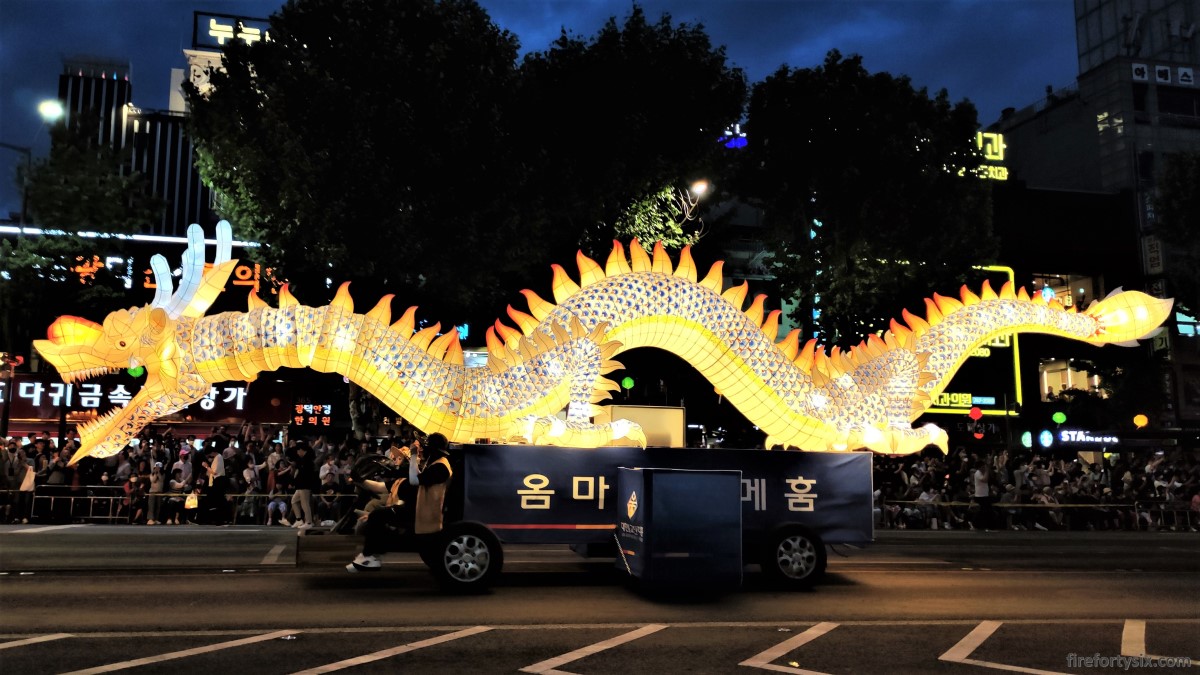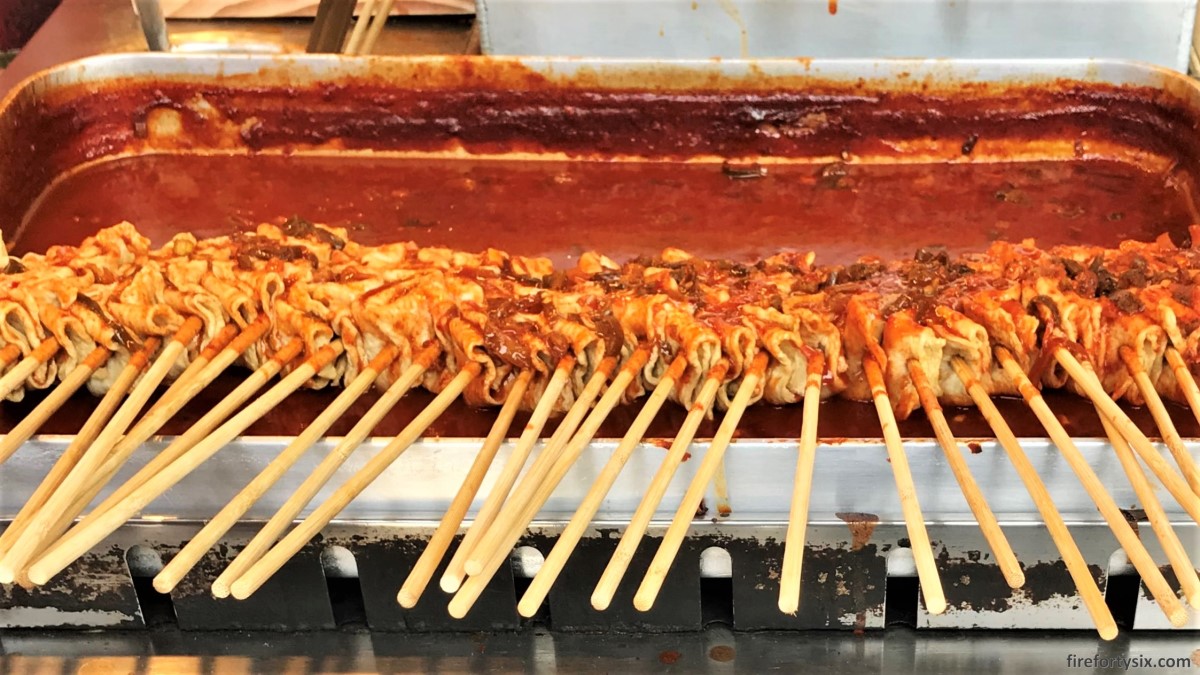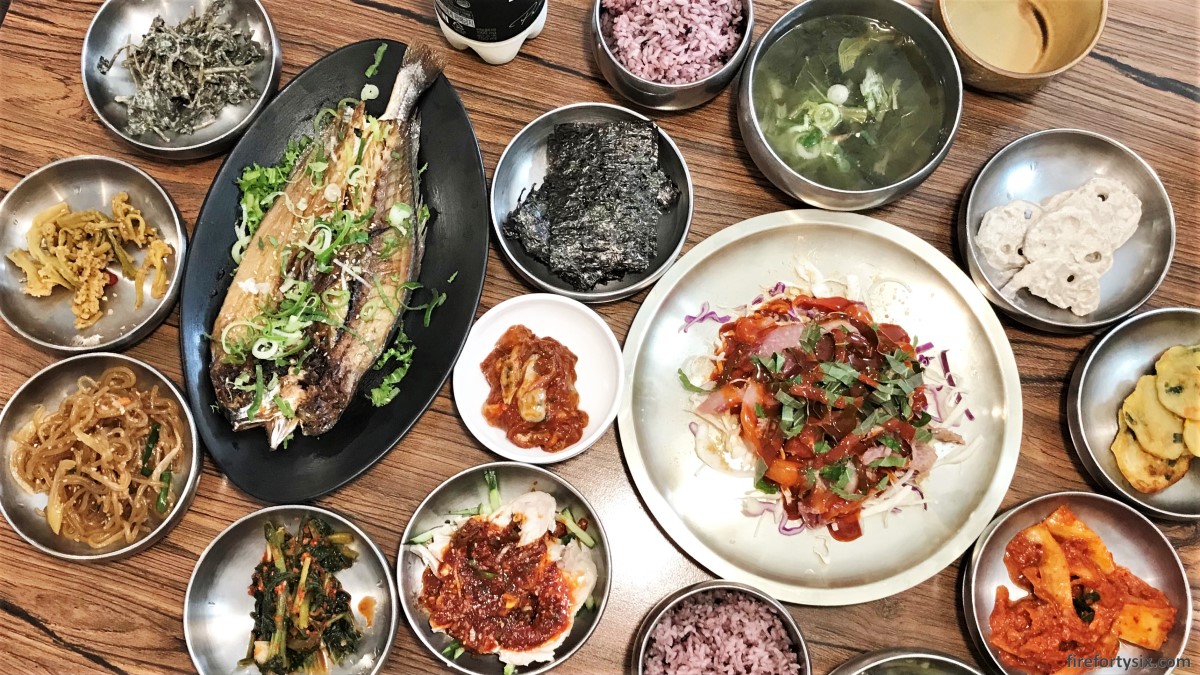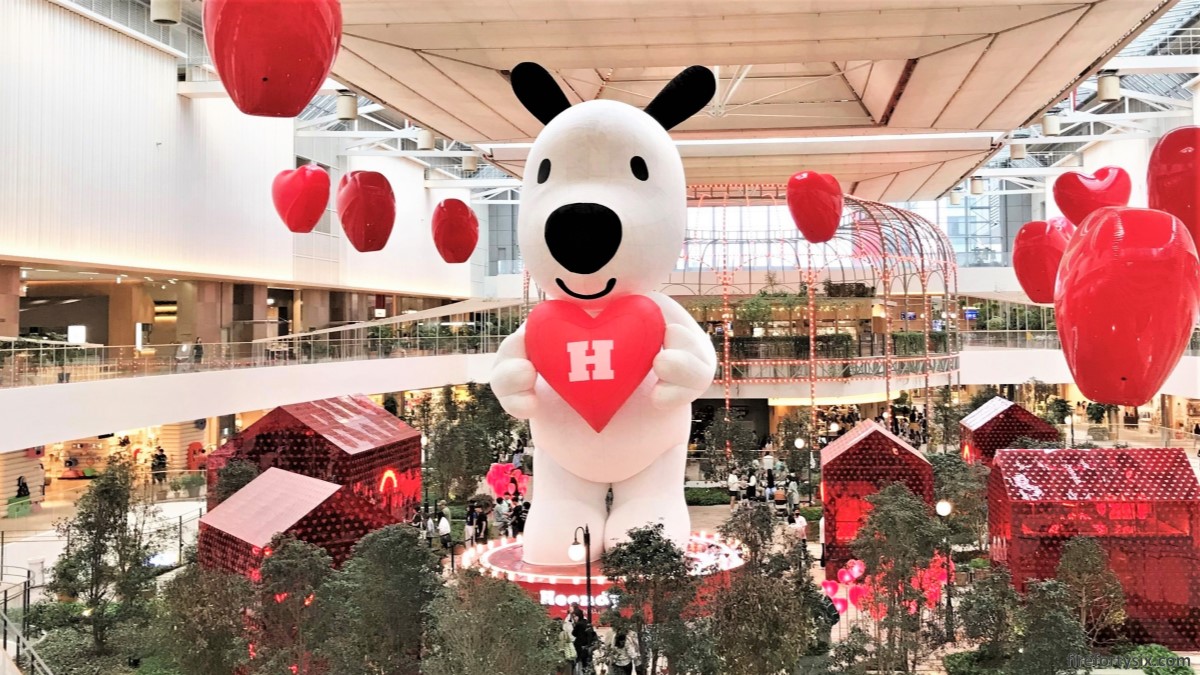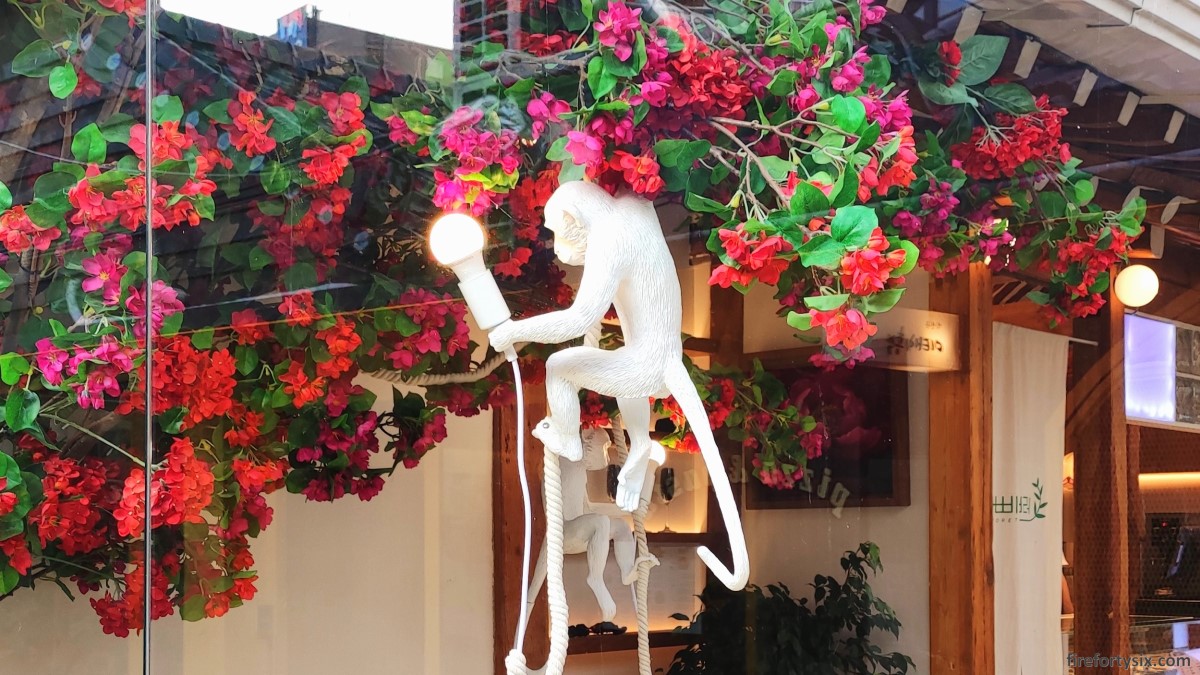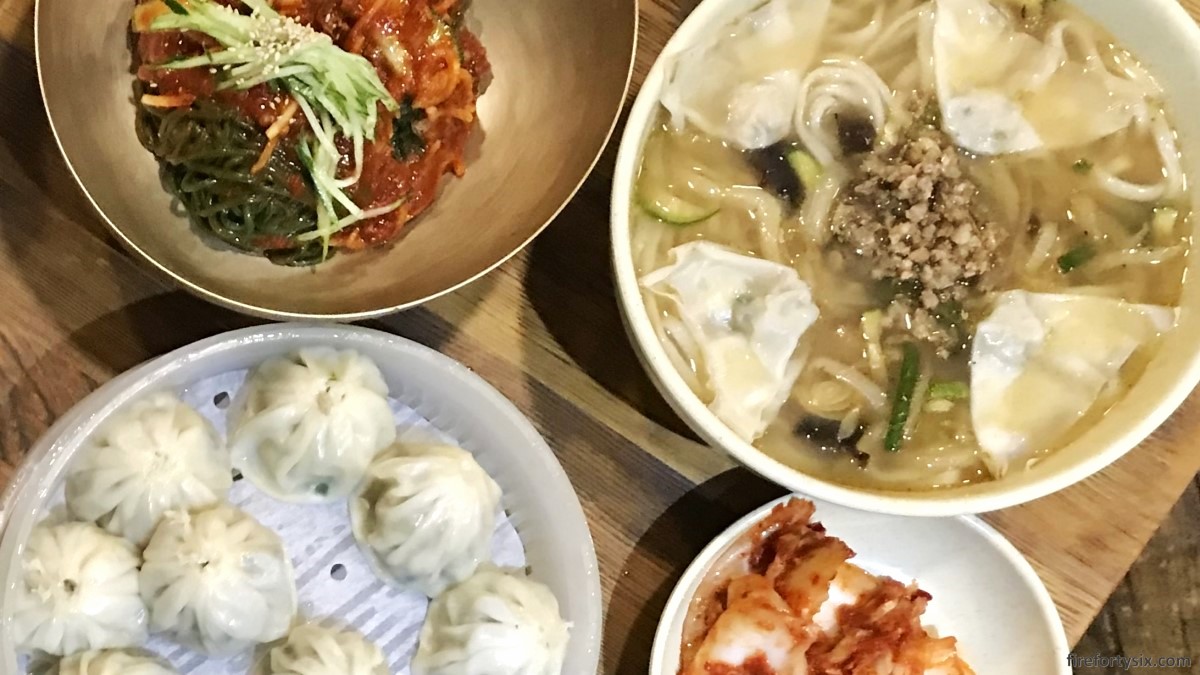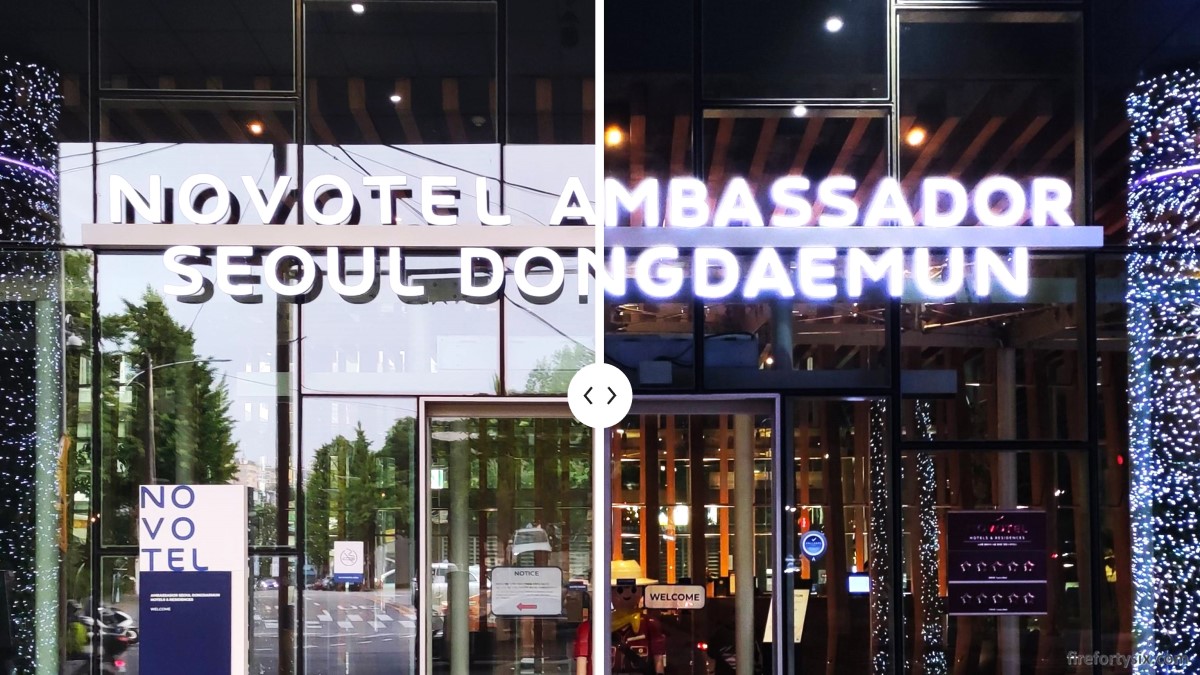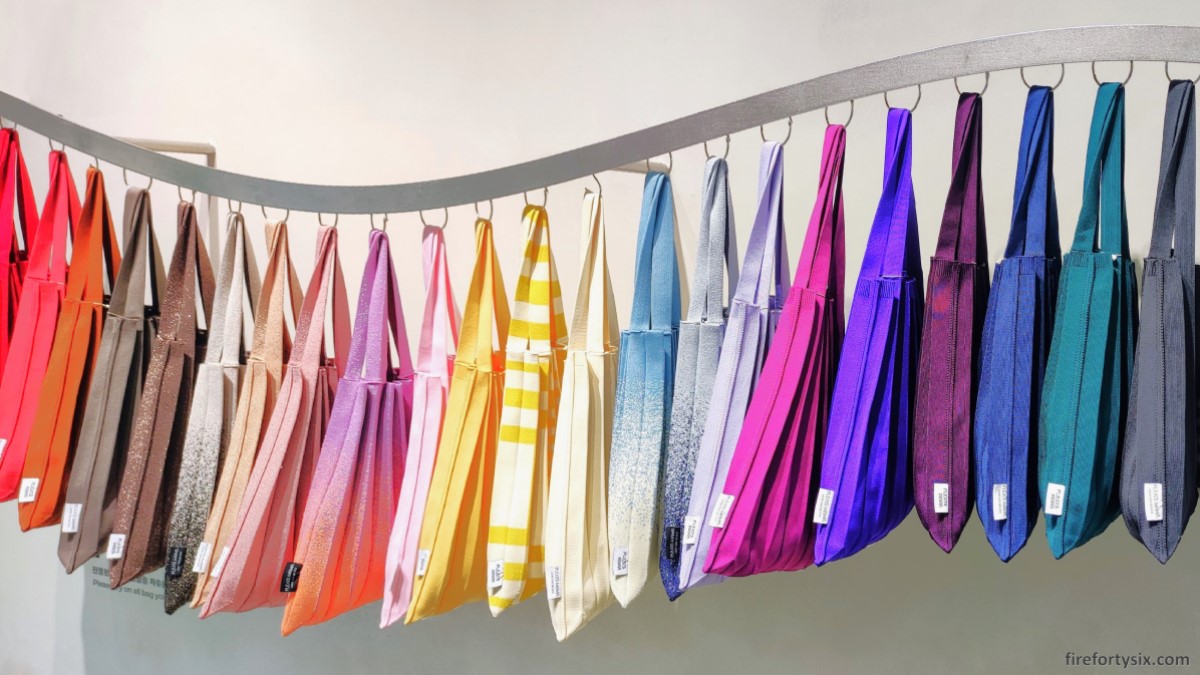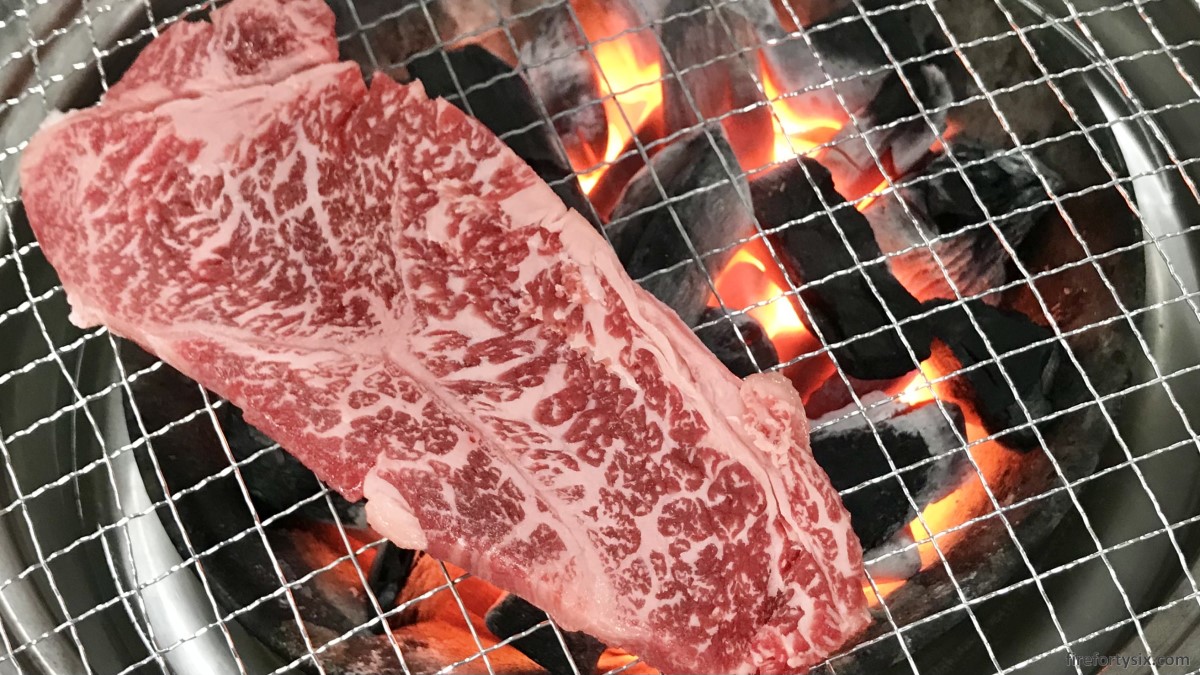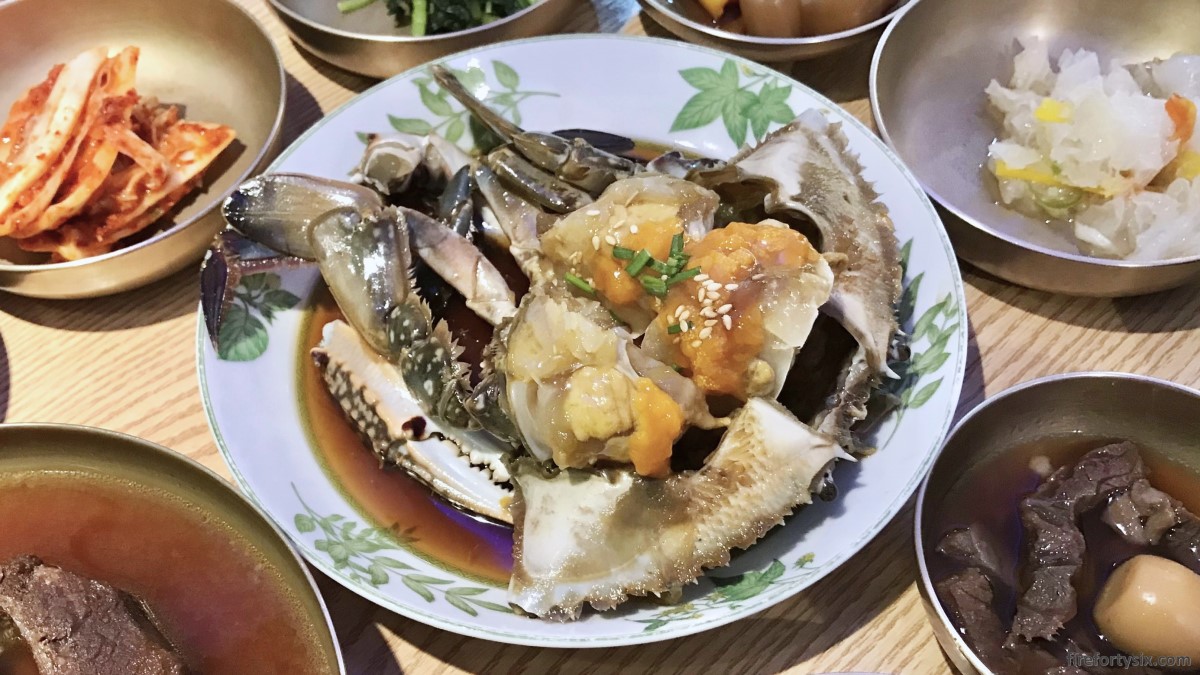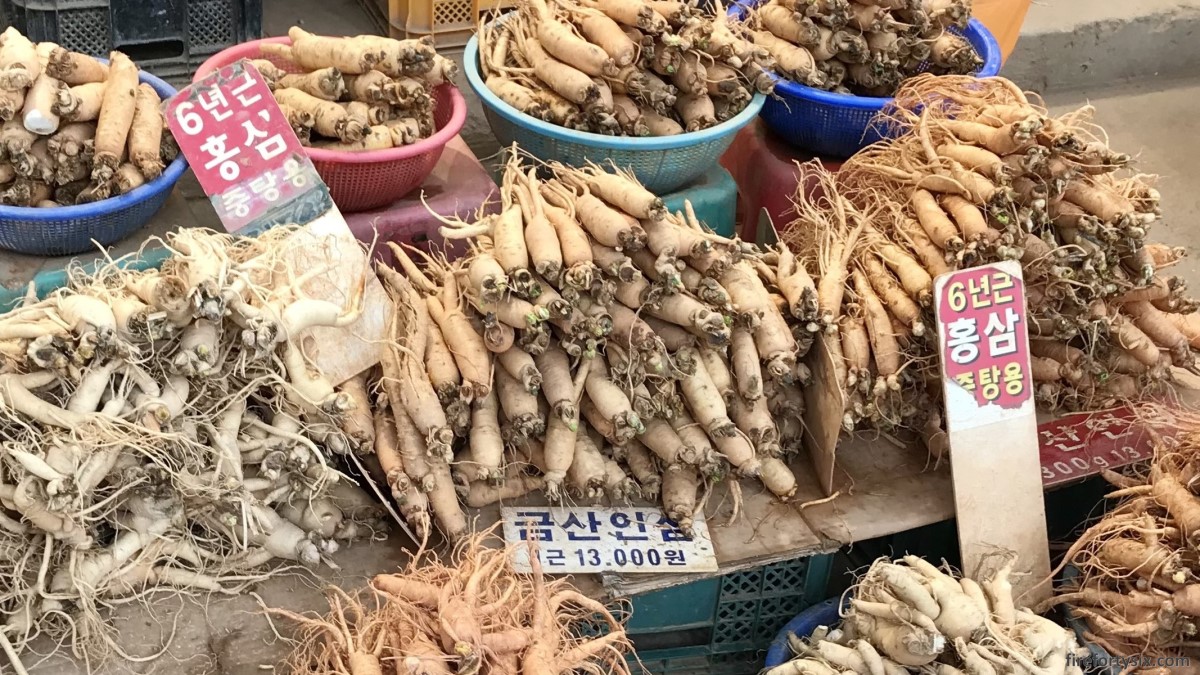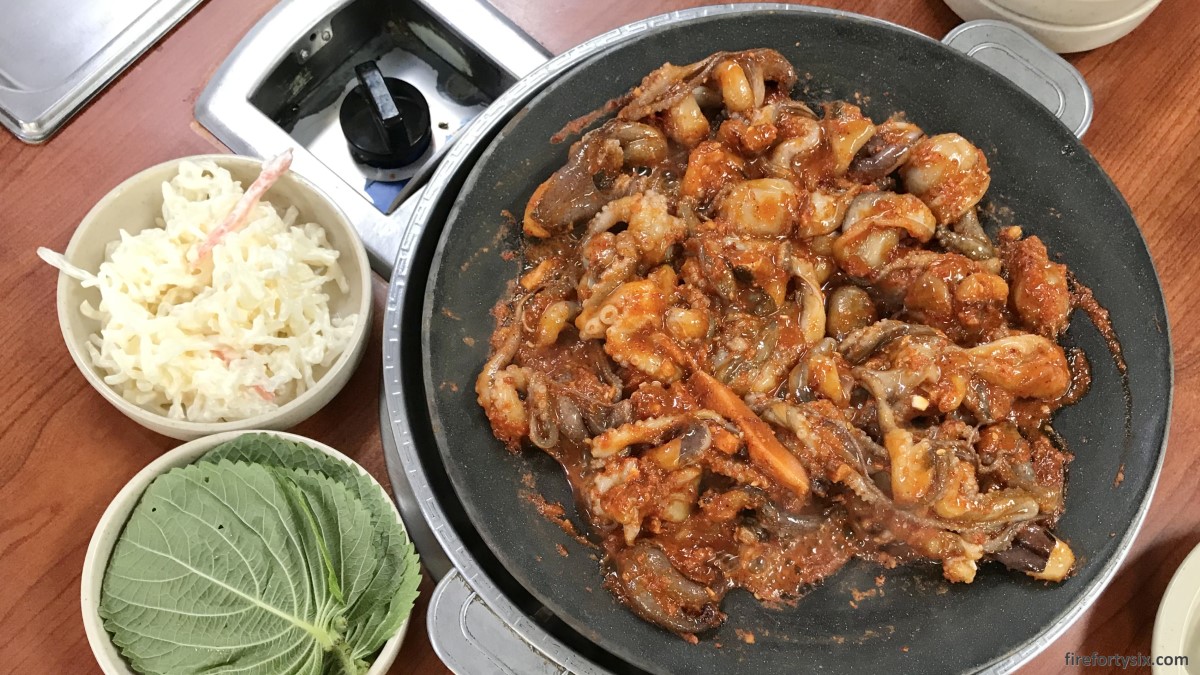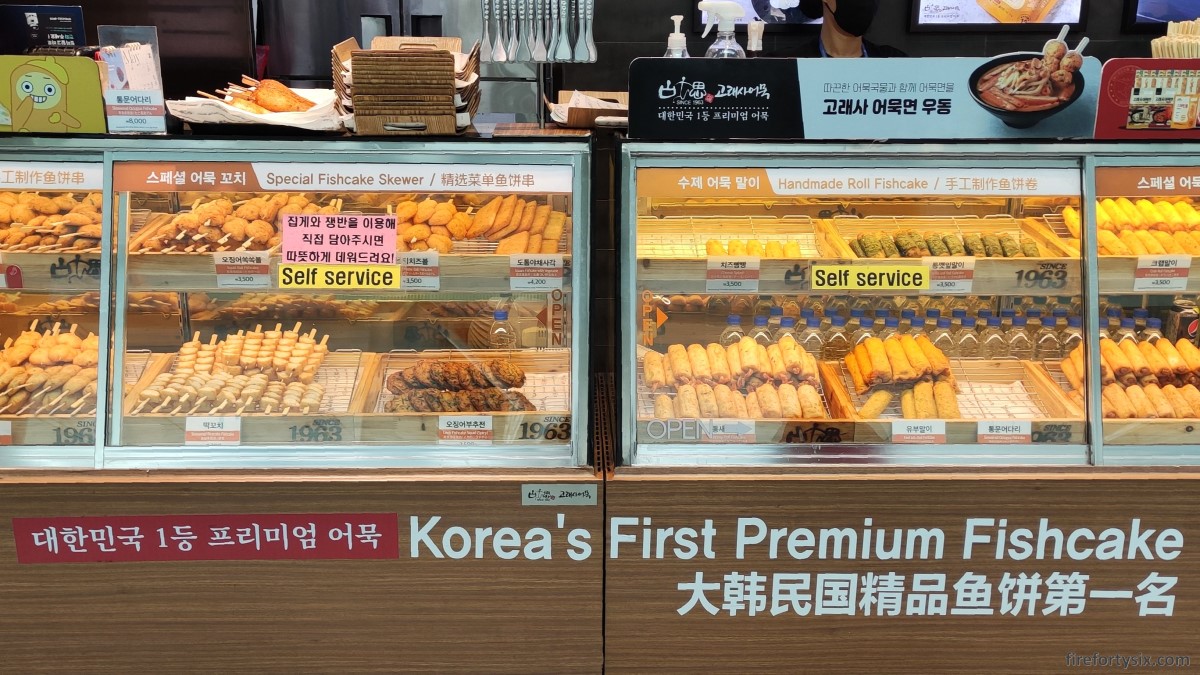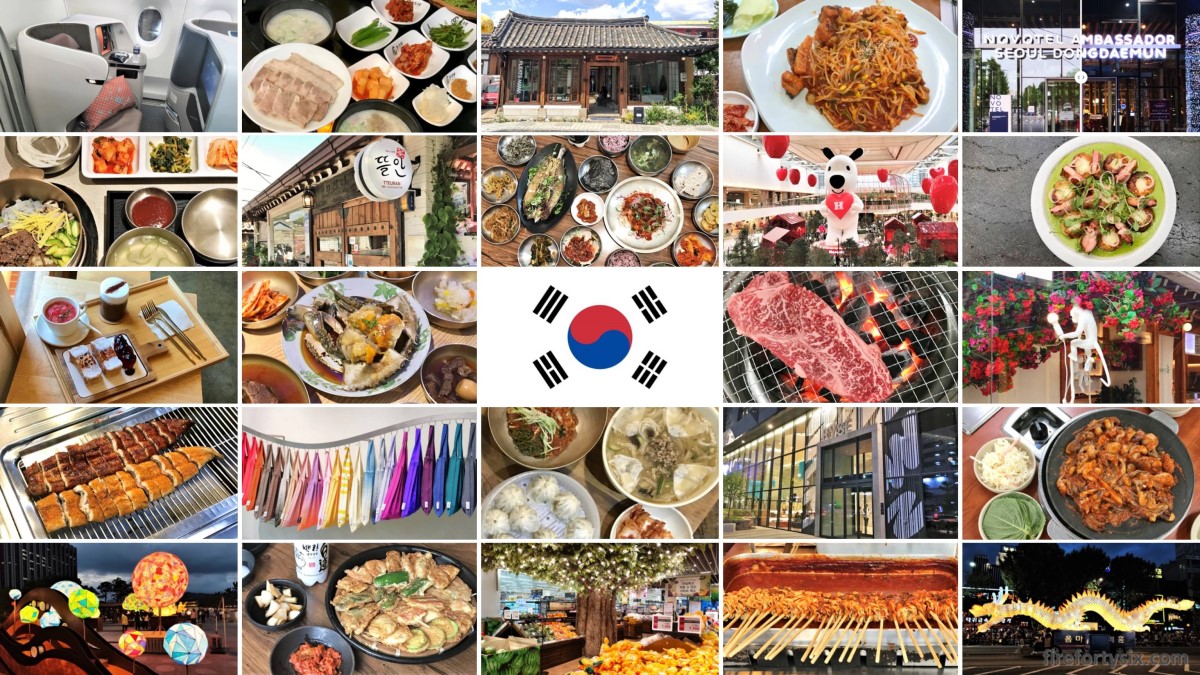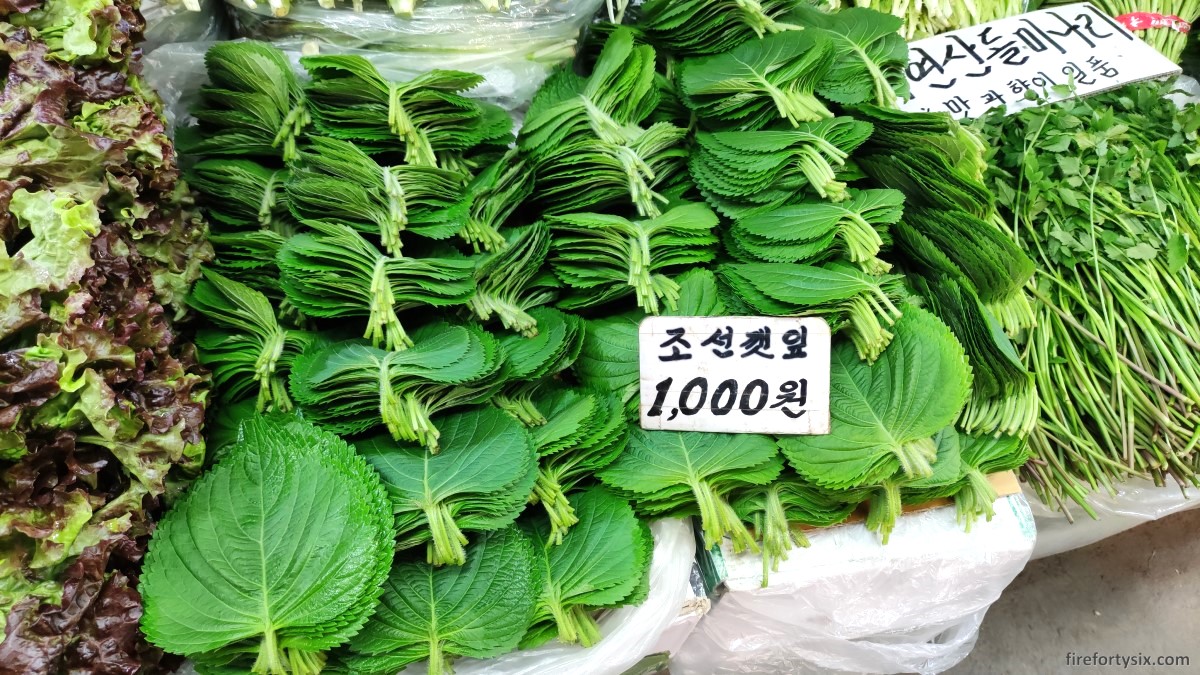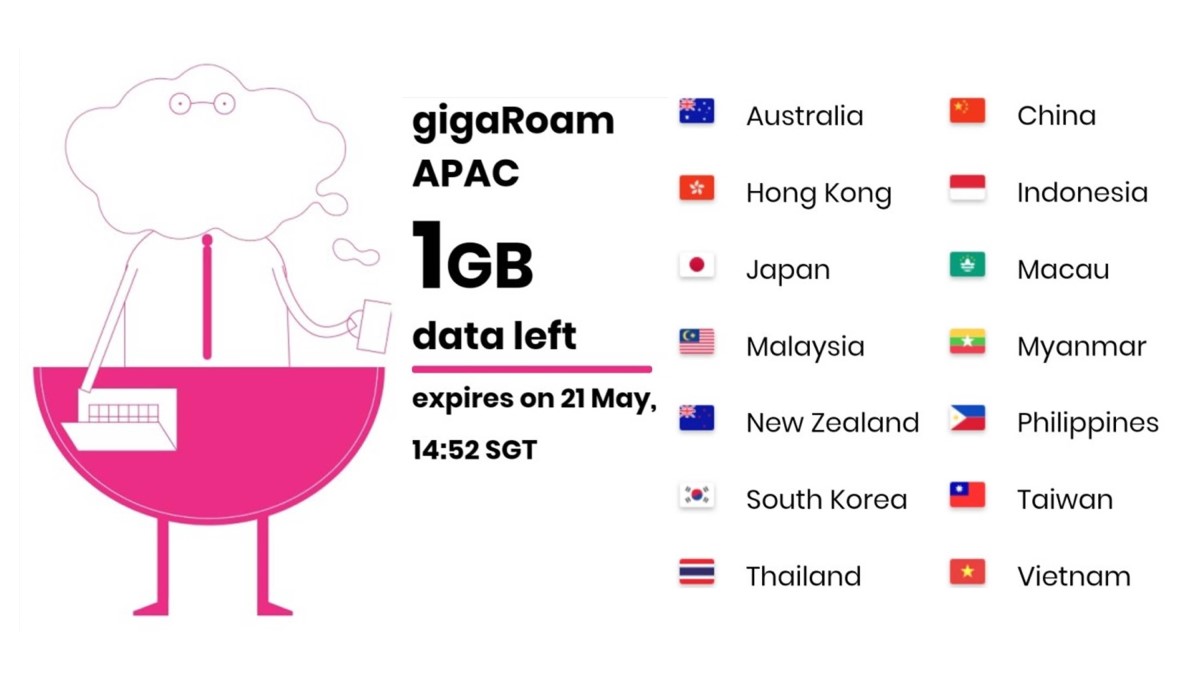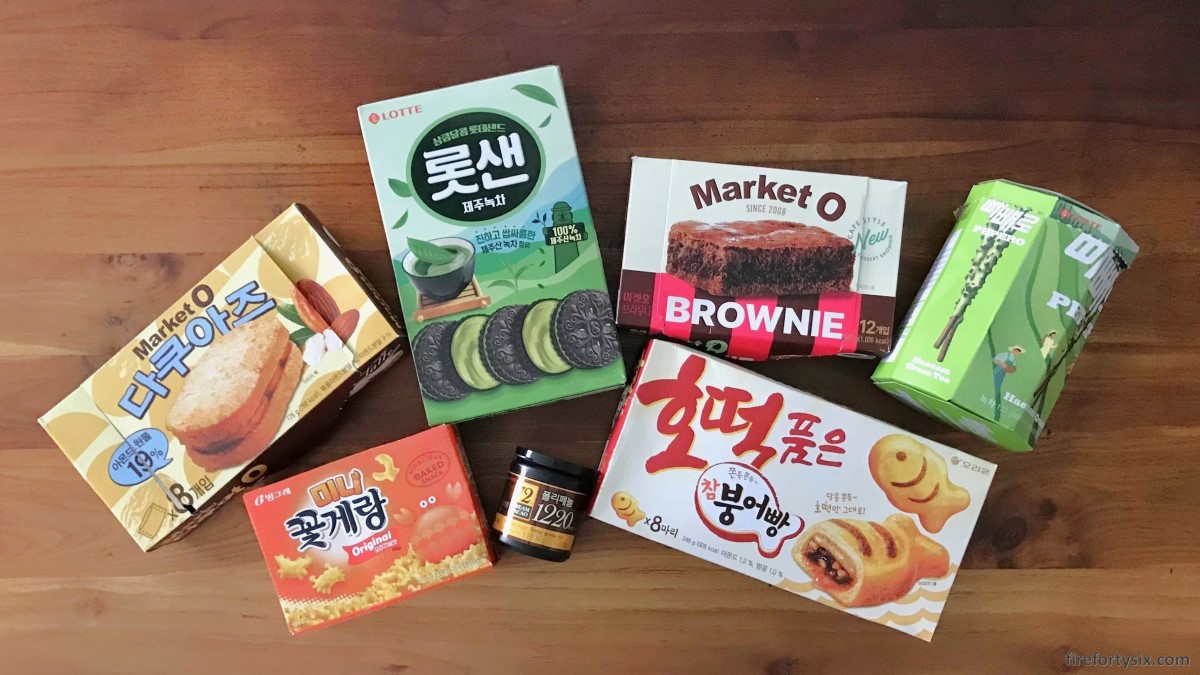Despite their slimy and slithery appearance, eels are our second-most favourite seafood. They’re apparently quite popular with others as well, because eels have been designated as an endangered species since 2014.
Our preferred way of enjoying them is Japanese kabayaki style, either in a simple unajyu or in a slightly more complicated hitsumabushi. It’s a must-have whenever we visit Japan.
We found out recently that Koreans also share the same love for eel. Jang-eo (장어) is considered a health food that boosts energy, and is especially popular during the hot summer months.
One popular restaurant that specialises in grilled jang-eo just happened to be near the Starfield Coex mall, which was already in our itinerary as I wanted to check out the majestic Starfield Library.
Songgang Freshwater Eel 송강 민물 장어 (Naver Maps 4.65⭐/5, Google Maps 3.9⭐/5) was located just across road, down a small alley and up a slight slope.
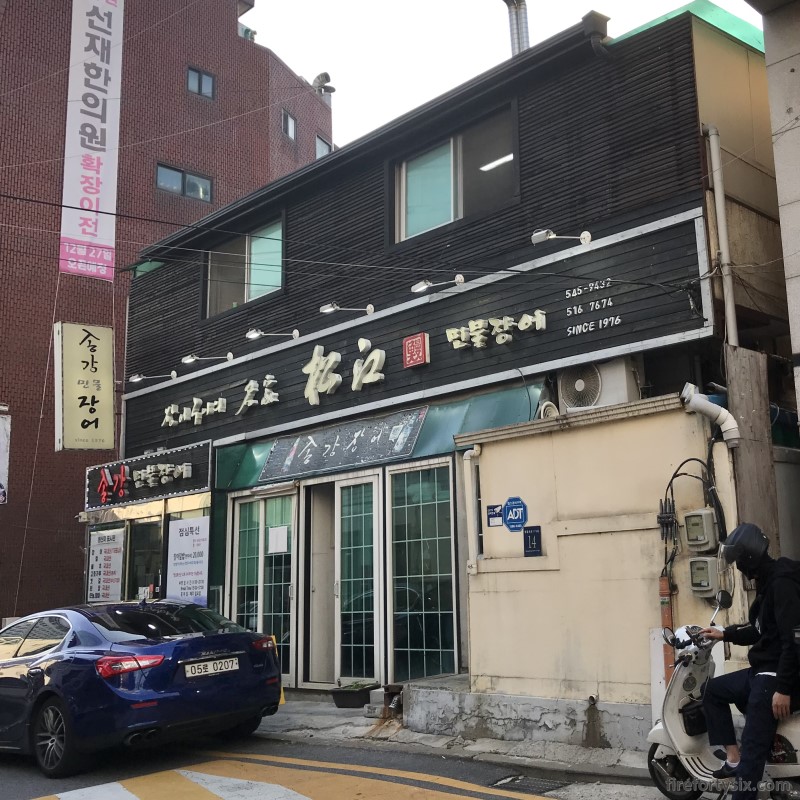
I chalked the Naver vs Google ratings disparity down to the assumption that Koreans preferred the restaurant more than foreigners. That, in my book, was actually a good thing.
Since it was a “hot place” among locals, we took care to avoid the dinner crowd and got there just after their 5pm dinner service start.
We were greeted by a friendly ajumma unnie, who seemed surprised to see two people who were obviously tourists walk through the door.
“Only unagi. Ok?” she enquired.
After we nodded in affirmation and gave the universal hand sign, she instructed us to take off our shoes and shepherded us to our table on the first floor.
We were the only ones there, save for a smiley halmoni who was watching a variety show on the wall-mounted TV.
Loud conversational sounds drifted down from upstairs. Based on how happy they sounded, chances were that several bottles of soju had already been consumed.
The menu, as unnie had advised, consisted only of eel.
There were three flavours of grilled eel: salt, soy sauce or red pepper paste, with each one-person serving coming in at 250 grams (₩40,000). Or you could get rice with eel (₩21,000) or a “Nutritious Eel Soup” (₩220,000).




I did a double take when I saw the price of the last item, thinking that the extra zero must have been a typo.
“It is a health soup that is eaten at home with eel bones, head, liver and torso, and carefully orphaned [sic] for more than half a day.”
Given how much Koreans prize the health benefits imparted by jang-eo, maybe the price was correctly printed after all.
Though ₩220,000 (S$220) for a bowl of soup, however nutritious, seemed a bit excessive.
After we placed our order of one salt and one gochujang grilled eel, the usual parade of banchan landed on our table.
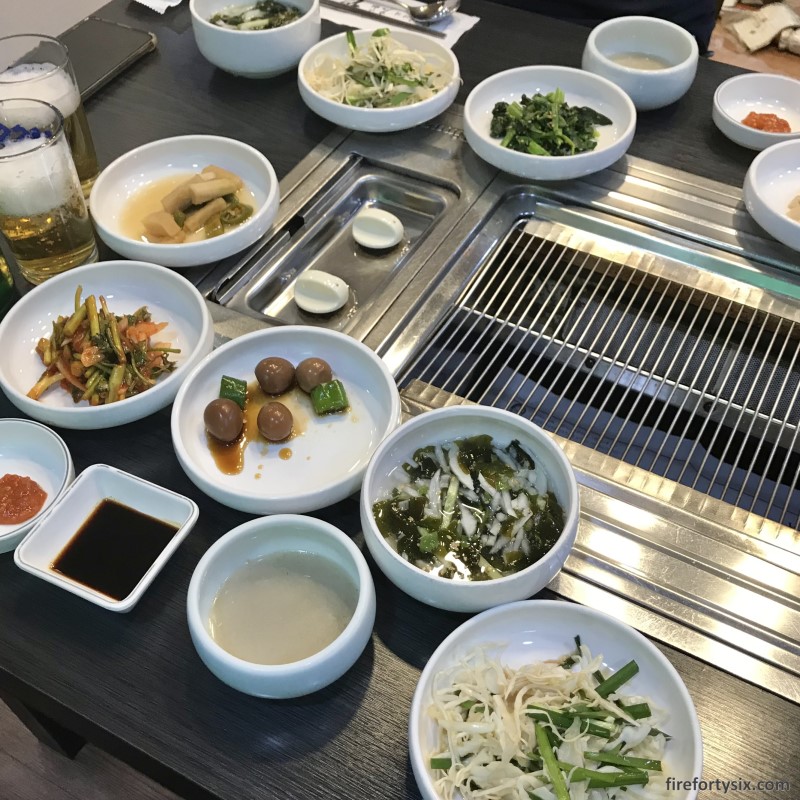
In addition to the ginger, garlic and wrapping leaves, there were seven other small dishes.
Compared to the typical selection of banchan that we had at other places, the ones at Songgang seemed to be relatively healthier and less heavily seasoned.
The ubiquitous cabbage kimchi was conspicuously absent, and was replaced by a geotjeori made from what tasted like minari. We especially liked the marinated quail eggs and cold seaweed soup.

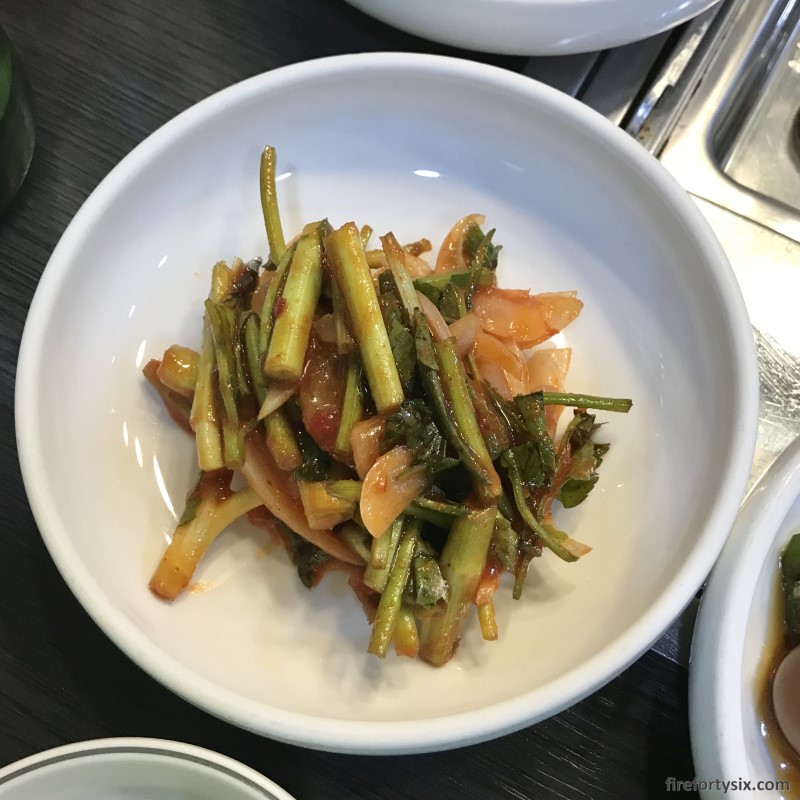
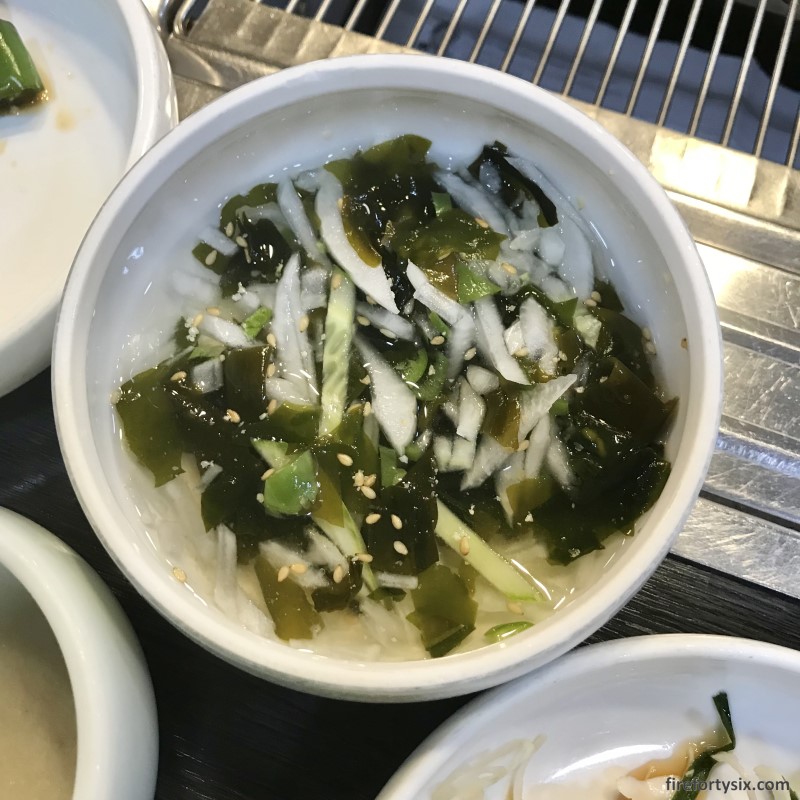
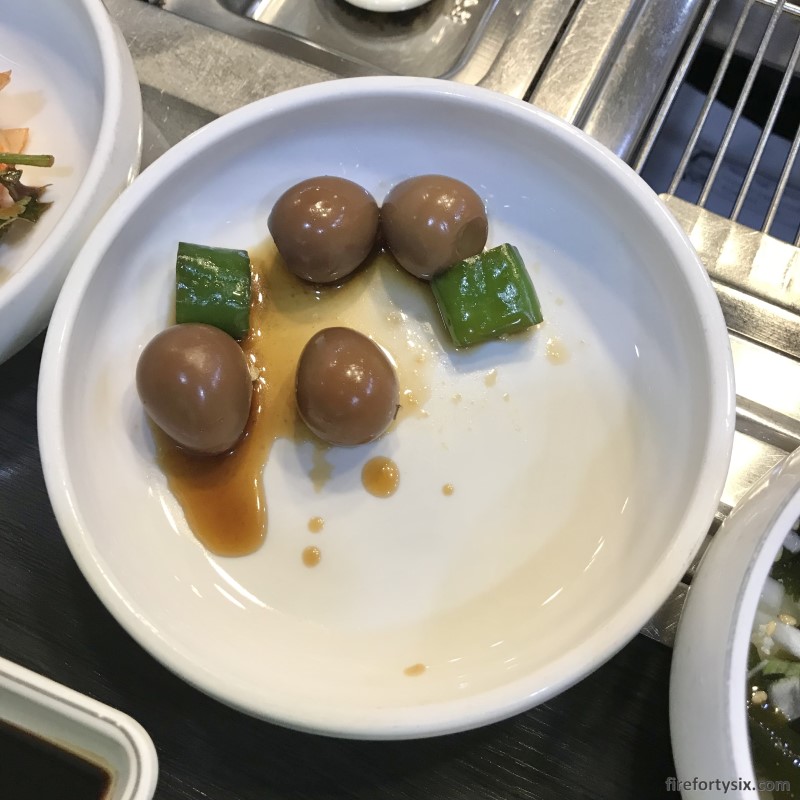
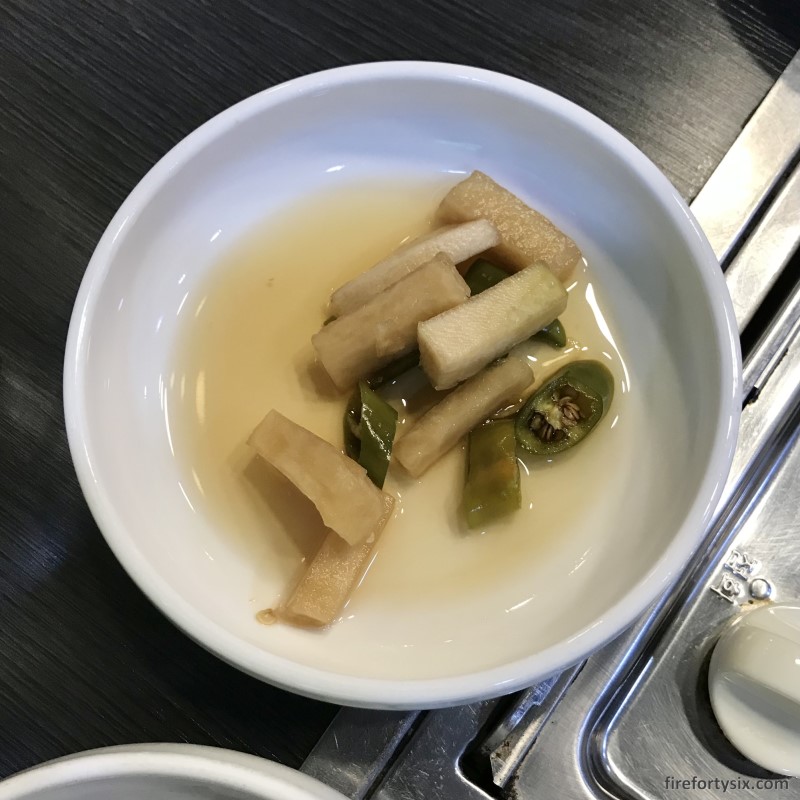
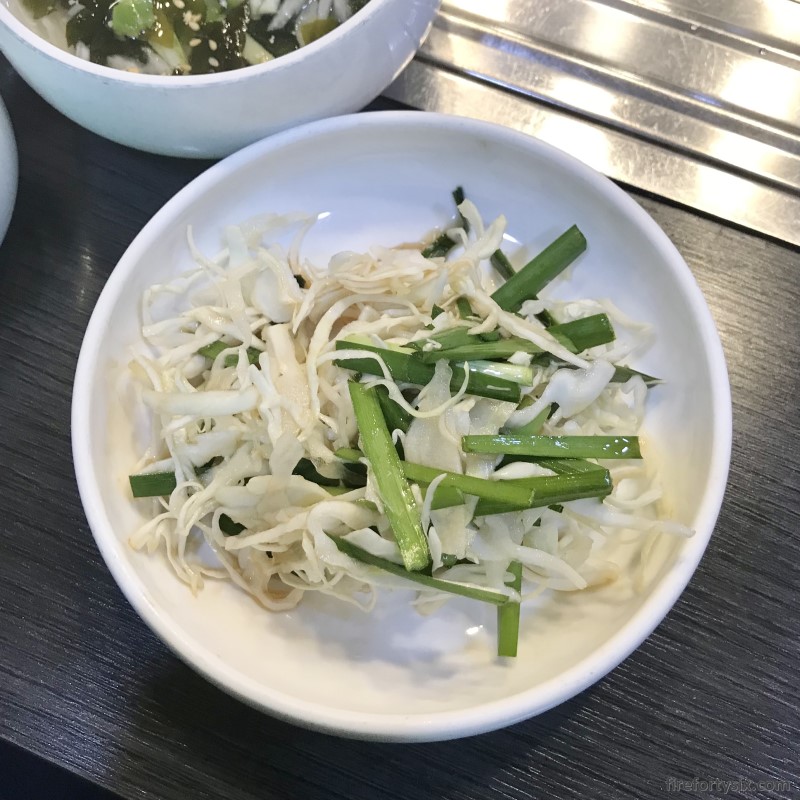

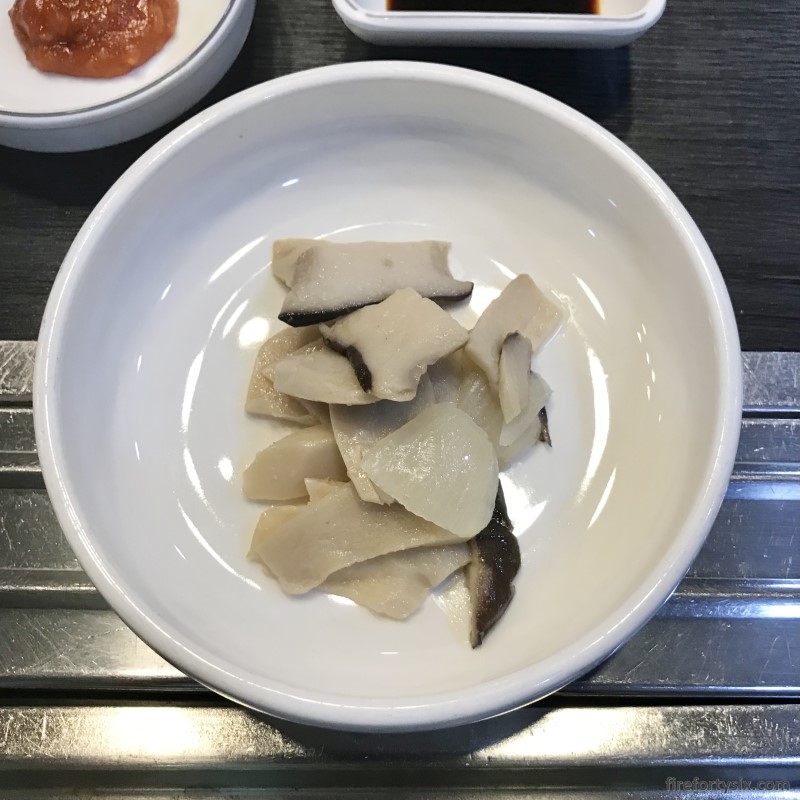
But first, maekju (맥주).

It didn’t take long before our eels arrived.
We had the impression that they would be served raw and cooked à la minute on the grill in the middle of our table. However, they came pre-cooked and the heating element’s purpose was to keep the fillets warm throughout the meal.
They appeared leaner than the ones we’ve had in the past, and we could taste the difference when we took our first bite.
The flesh was firmer and the texture was, for lack of a better word, more muscular. As if they had been working out before being unfortunately caught.
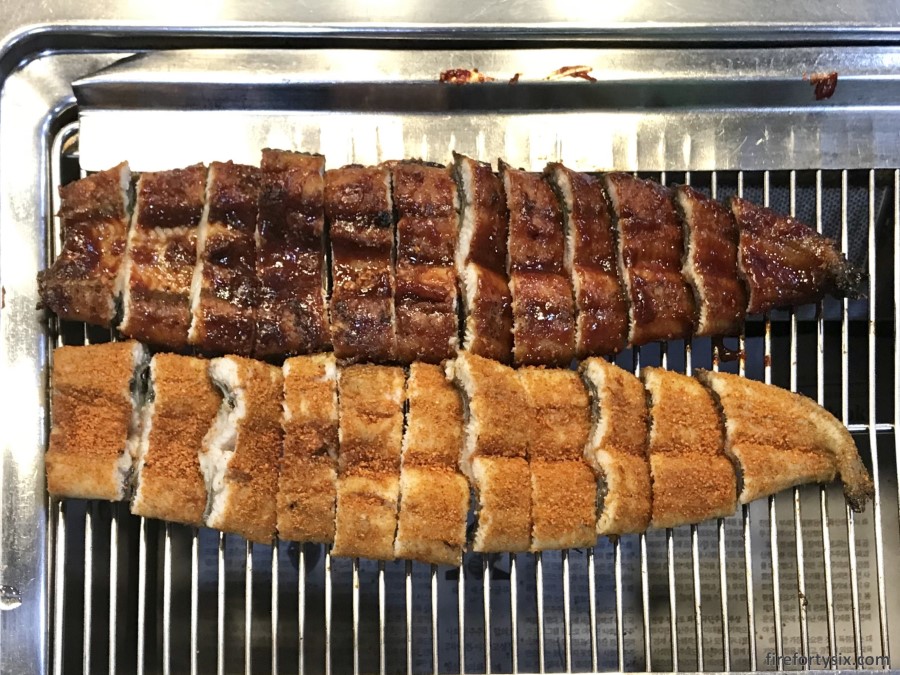
Flavours were more robust that the Japanese unagi that we were familiar with, especially the one slathered with gochujang, which we preferred over the “salt” version.
I put salt in inverted commas because it was sprinkled liberally with some powdered seasoning. Which was slightly disappointing as we had wanted to sample the original taste of the eel.
Unnie came back to our table and, using hand signs, suggested that we add a few slivers of ginger to each piece of eel, and wrap it up using the kkaennip and lettuce leaves.
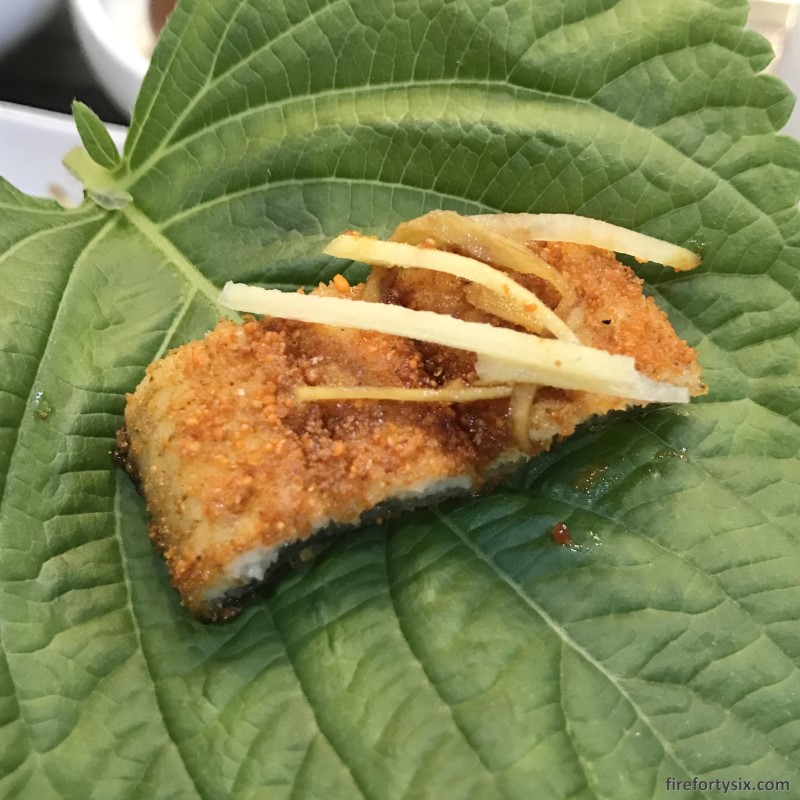
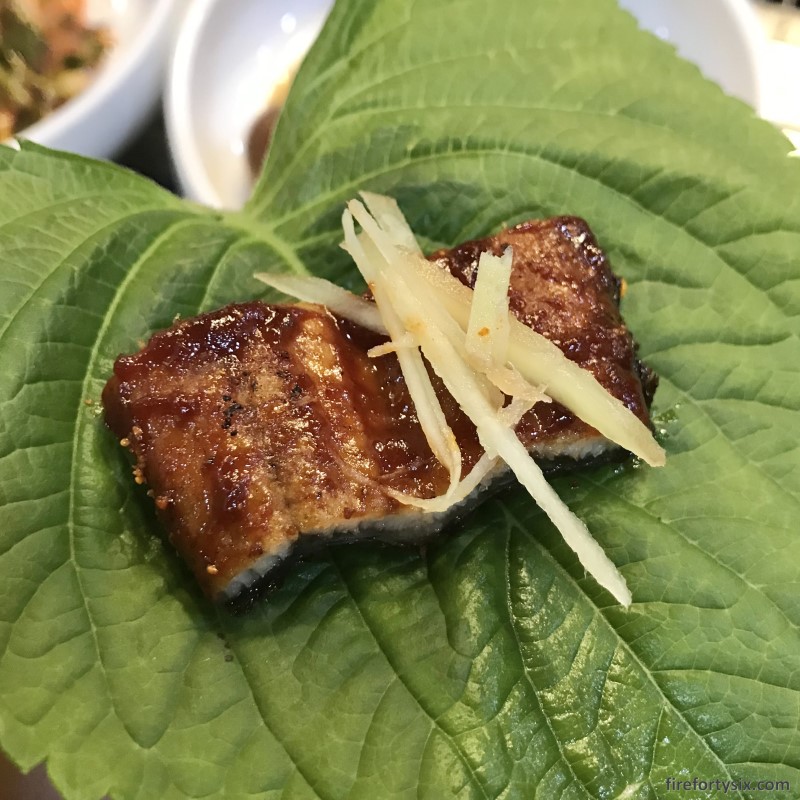
It introduced a whole new dimension to the flavours, and worked particularly well with the salt grilled eel.
Halmoni was entertained by the gusto of our eating and said something in Korean to us. We had no idea what she said, and I replied with a vigorous thumbs up and an enthusiastic “mashiso!”
Clearly tickled by my response, she responded with a hearty laugh. She eagerly waved unnie over and said something in Korean to her.
A few minutes later, a mysterious cup of soup was placed on our table, together with the word “seobiseu”. Which, as we all know, means “woohoo! free food!”
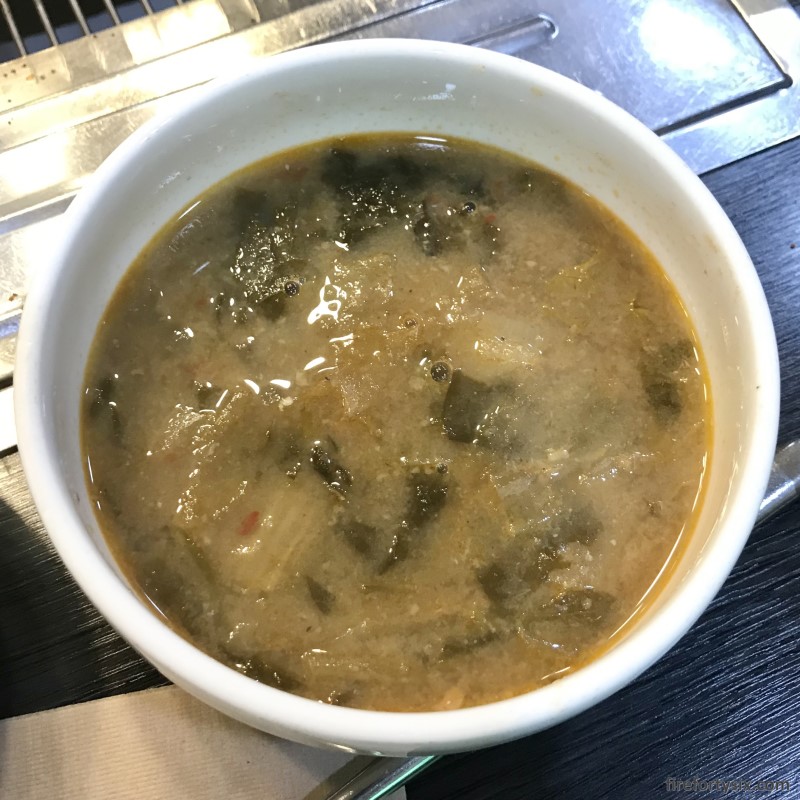
We took a sip each and were immediately overwhelmed. It tasted as if the bones, head, liver and torso of eel had been carefully orphaned for more than half a day.
I wasn’t 100% sure, but it must have been a sampler portion of the aforementioned “Nutritious Eel Soup”. You know, the one that costs an entire night’s hotel stay.
Not wanting to disappoint halmoni’s good intentions, we forced ourselves to finish it with as much enthusiasm as we could muster. But at the same time, moderating our response so as to avoid being served another cup.
As we reaching the end of our meal, unnie came back again with small cups of an unknown dark liquid.
I was hit with a sudden wave of PTSD, but managed to suppress it long enough to ask (via Papago’s conversation function) what it was. She replied that it was sujeonggwa (수정과), which Google helpfully explained was a Korean traditional cinnamon punch.

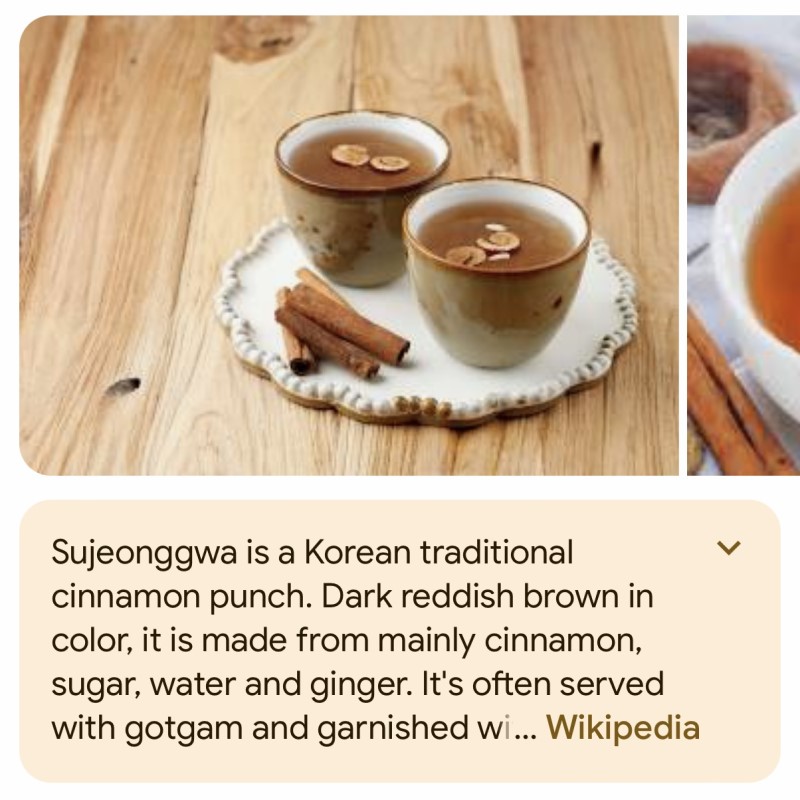
The sujeonggwa was very sweet and tasted as if numerous cinnamon sticks had been carefully orphaned for more than half a day.
It wasn’t our cup of tea, but at least it wasn’t concentrated essence of eel. In fact, it helped tremendously in washing away any lingering aftertaste.
By the time we were ready to leave, people were starting to stream in to the restaurant. Most of them looked like middle-aged salarymen, with a few younger folks who had no choice but to follow.
As I was settling the bill, I managed to find out that they sourced their eels exclusively from Jeolla-do, where apparently all the high quality ones are from.
While we probably won’t be making a return visit to Songgang Freshwater Eel, we were quite impressed with the quality of Korean eels.
Given their popularity, there are many other restaurants in Seoul that specialise in this healthy delicacy. I’d be keen to find one that serves it without additional seasoning, and where it’s cooked right at our table.
Definitely something to look forward to in our next trip.

